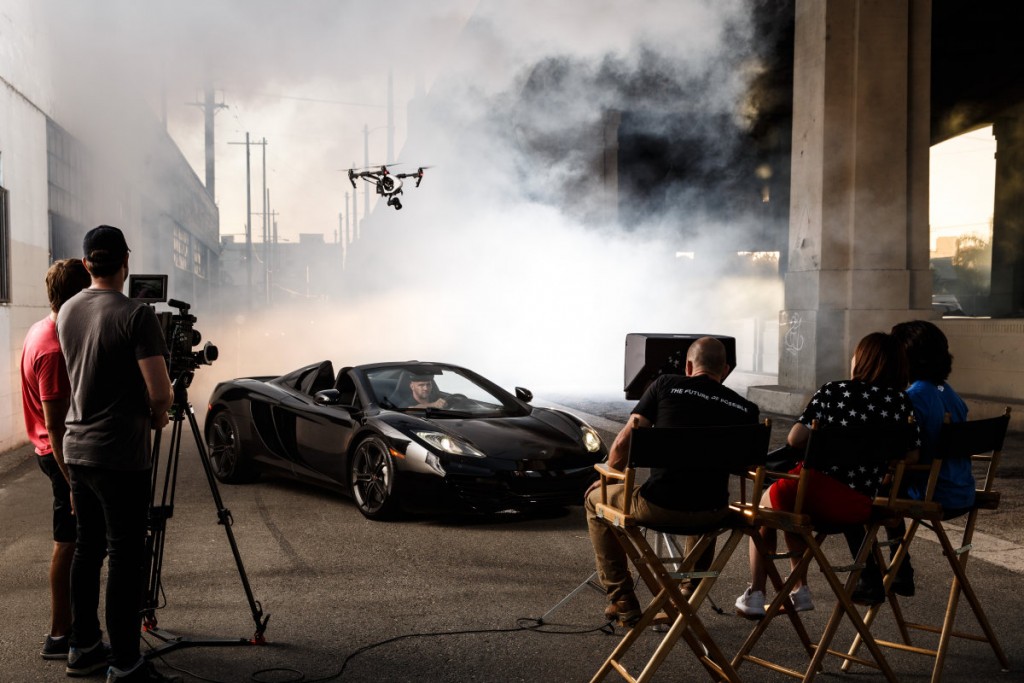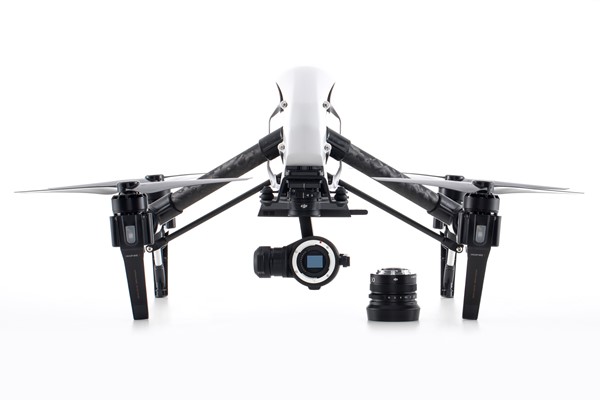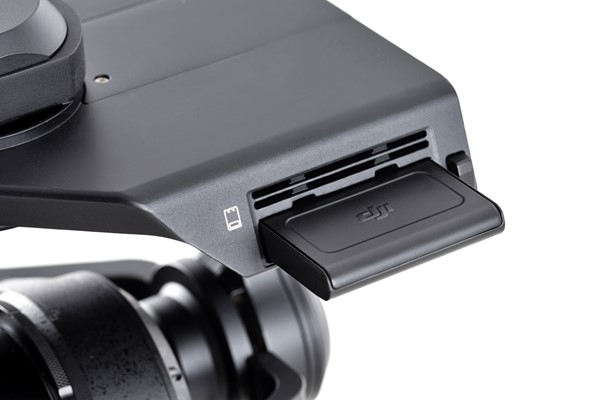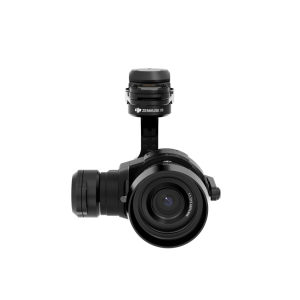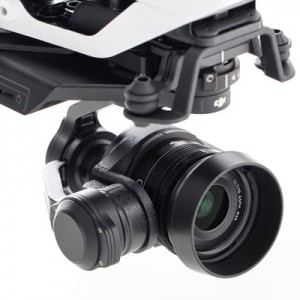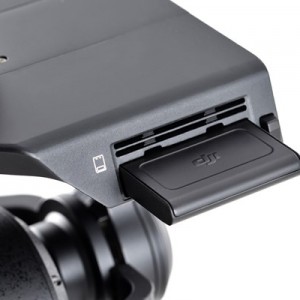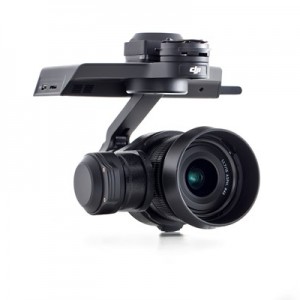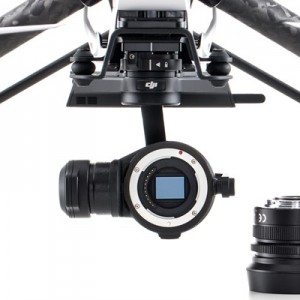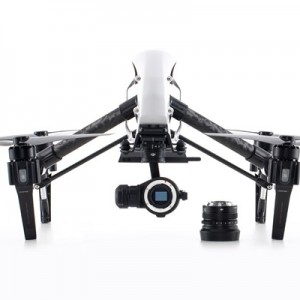The drone experts at DJI has unveiled what they claim to be the world’s first Micro Four Thirds cameras designed specially for aerial videography. The Zenmuse X5 and X5R, unveiled at the InterDrone conference in Las Vegas yesterday, will offer drone pilots 13 stops of dynamic range, 16 megapixel resolution and the ability to shoot 24fps and 30fps 4k video — as well as standard still pictures, of course.
But what’s even more important for professional videographers is that the Zenmuse cameras will support four different wide-angle lenses from DJI itself, Panasonic and Olympus. The camera will be attached to DJI’s Zenmuse gimbals.
Offering iris, shutter speed, ISO, and even focus control via the DJI Go app and/or a DJI remote, users can take advantage of new levels of shooting. The most compelling thing about the new system, however, is the combination of these features with a larger, but still compact sensor and one of two lenses, a 12mm f/2 or 15mm f/1.7.
Both the X5 and X5R (“X5 Raw”) support 4K video at 24 and 30 frames per second, but the X5R has the ability to shoot — you guessed it — raw 4K footage to its included 512GB SSD as it simultaneously records compressed 4K video to a micro-SD card for a faster editing workflow. The X5 and X5R also support 16MP stills in JPEG or DNG formats at up to five frames per second and up to ISO 25,600. Spot metering, manual white balance, and DJI’s D-log also help round out the features of the X5 and X5R, each of which give up to 13 stops of dynamic range.
To help you work with the raw video files, DJI is releasing CineLight desktop software, which will offer offline proxy editing before converting the CinemaDNG files to ProRes.
According to DJI, impact to the Inspire 1’s flight times should be minimal using the new cameras. The Inspire 1 with the Zenmuse X5 can get up 15 minutes compared to the 18 minutes you can expect when toting the X3. A higher-capacity battery for the Inspire 1 is available, which is expected to deliver up to 18 minutes.
DJI has long offered built-in cameras for its read-to-fly Phantom and Inspire drones. While those were certainly acceptable cameras, they didn’t exactly deliver professional results and even with a GoPro underneath the Phantom, you were still limited to the GoPro’s capabilities and (wide) field of view.
AS with any groundbreaking new technology, these stonking new cameras will not come cheap, at least for now. The X5 can be pre-ordered for $4,500, which includes the DJI Inspire 1 and DJI’s MFT 15mm f1.7 ASPH lens and will be available later this month. While, the X5R will be available for $8,000 including the drone and MFT lens and will be available later this year.
Images: DJI

